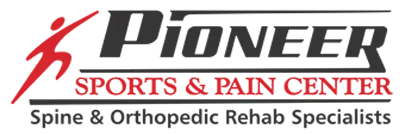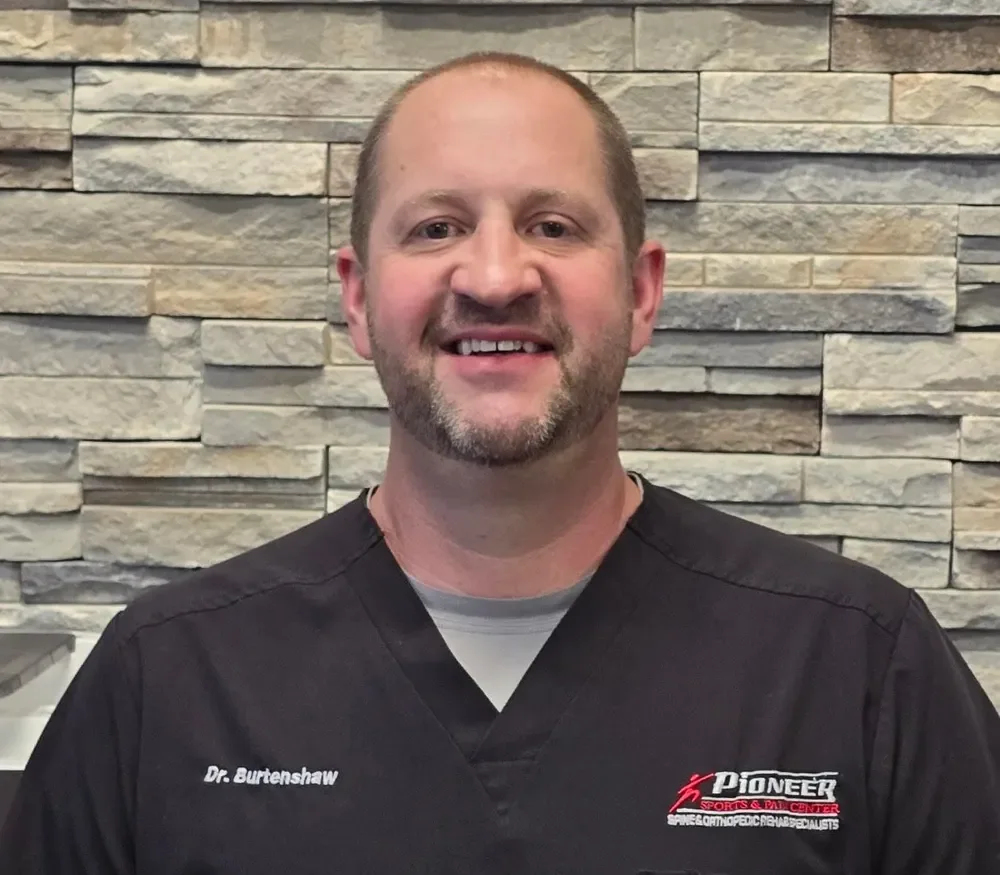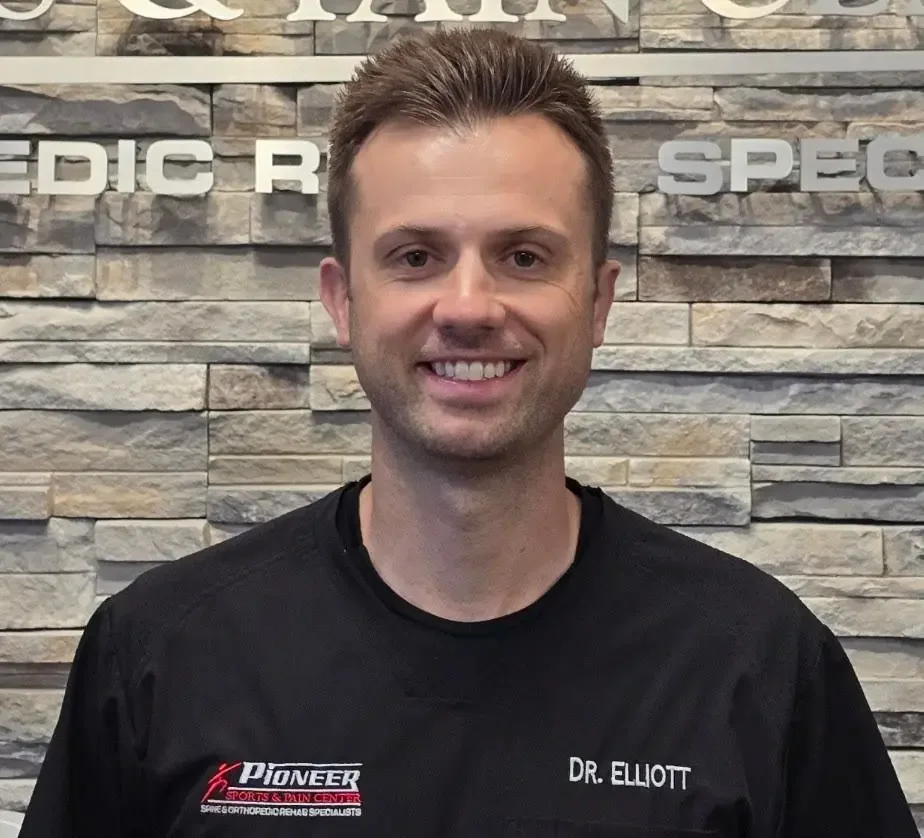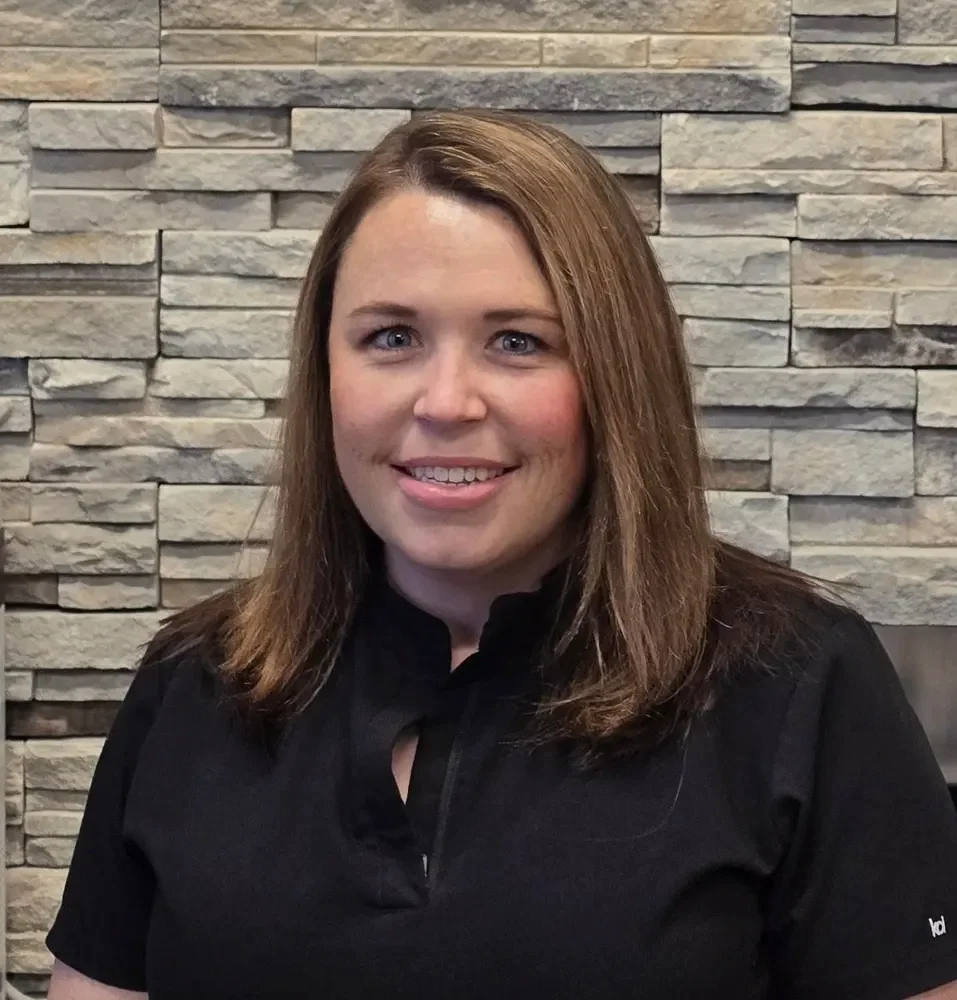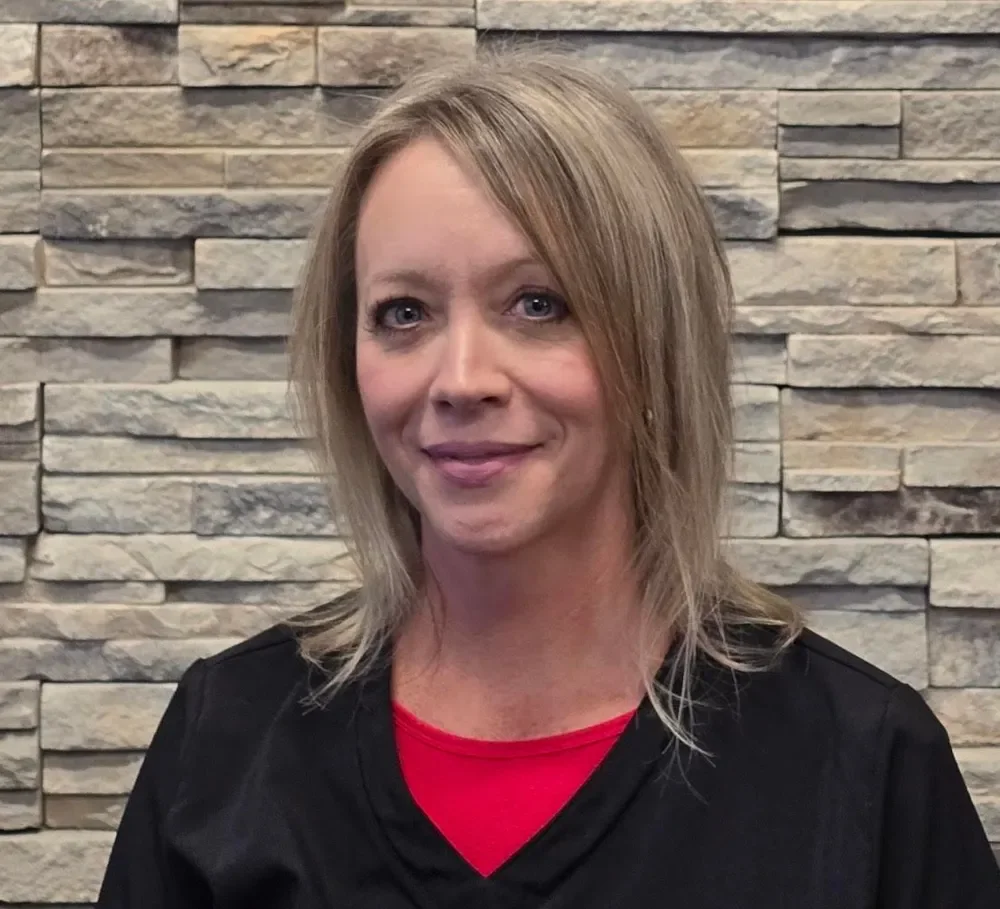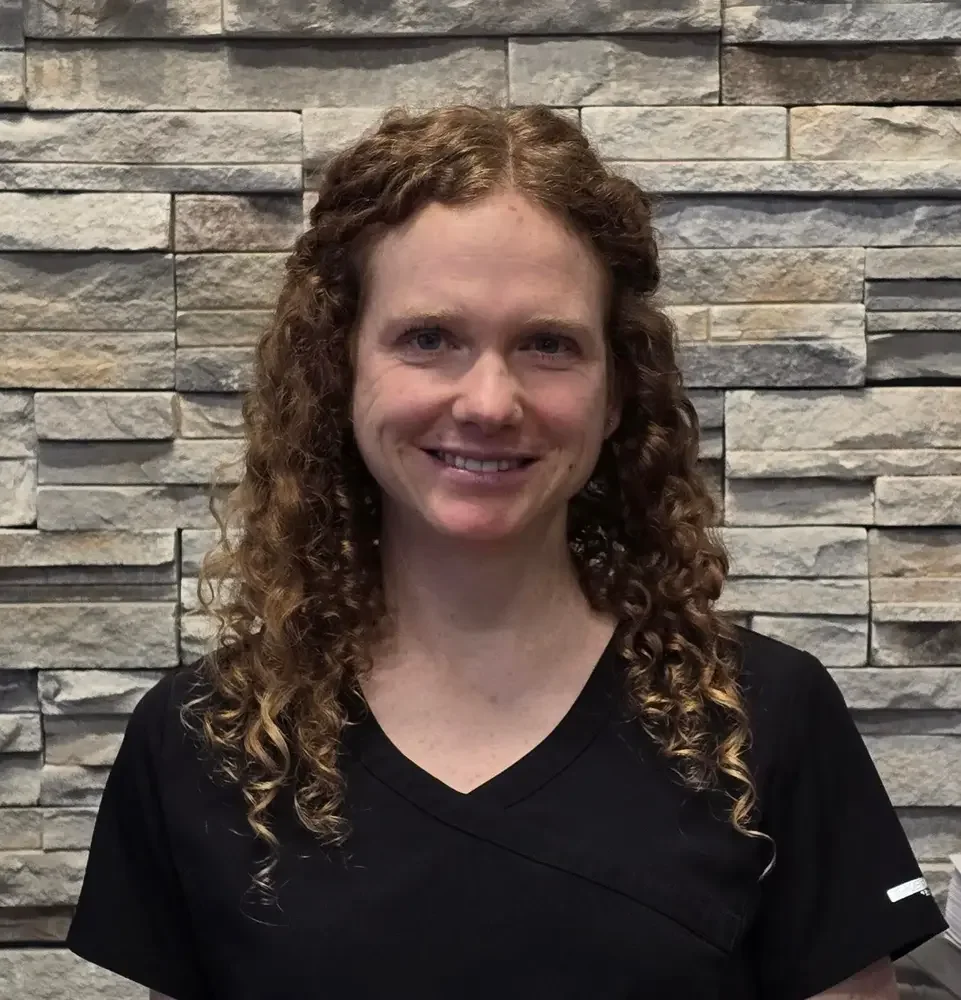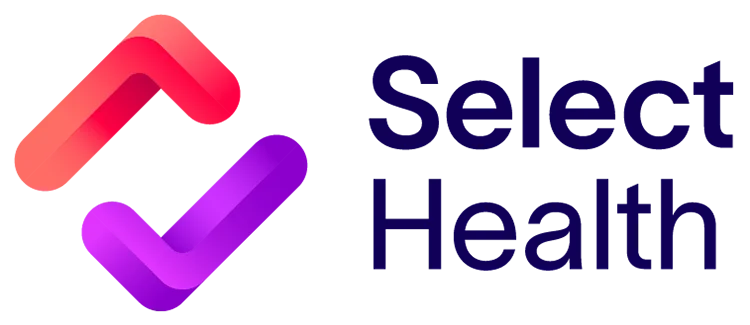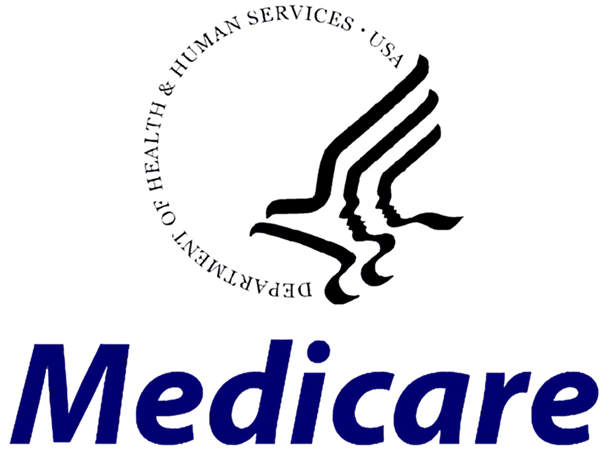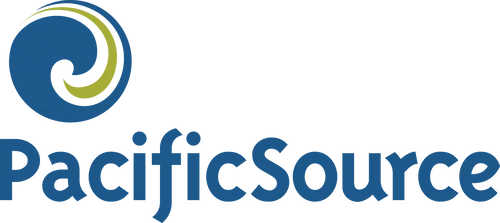Prolotherapy in Kuna, ID
Strengthen and Repair Connective Tissue—Naturally and Non-Surgically
At Pioneer Sports & Pain Center in Kuna, Idaho, we offer Prolotherapy as part of our regenerative medicine approach to chronic musculoskeletal pain, ligament injuries, joint instability, and degenerative joint conditions. Prolotherapy is a minimally invasive injection therapy that uses a mild irritant—typically a dextrose (sugar) solution—to stimulate the body’s natural healing response and regenerate damaged or weakened connective tissue.
Unlike treatments that only suppress pain, prolotherapy targets the root cause—ligament and tendon laxity, small tears, or degeneration—and encourages the body to rebuild and strengthen tissue in those areas.
What Is Prolotherapy?
Prolotherapy (short for “proliferation therapy”) is a regenerative injection technique that triggers localized inflammation at the site of chronic injury or instability. The solution, most commonly hypertonic dextrose (12.5–25%), is injected into ligaments, tendons, or joint capsules where tissue is weakened or overstretched.
The goal is to:
- Stimulate a controlled inflammatory response
- Activate local fibroblasts and growth factors
- Promote collagen deposition and remodeling
- Increase tissue strength and joint stability
- Reduce pain caused by lax or injured soft tissue structures
Prolotherapy has been used for decades to treat non-healing connective tissue injuries, particularly where traditional approaches have failed or provided only temporary relief.
Clinical Conditions Treated with Prolotherapy
Prolotherapy is particularly effective for chronic pain related to ligamentous laxity, joint instability, and soft tissue dysfunction. Common applications include:
Spine and Pelvis
- Lumbar instability
- Sacroiliac (SI) joint dysfunction
- Facet joint pain
- Cervical whiplash or instability
- Postural ligament strain
Extremities
- Knee instability or mild ligament sprain (MCL, LCL)
- Ankle sprains
- Rotator cuff tendinopathy
- Shoulder instability
- Tennis elbow (lateral epicondylitis)
- Golfer’s elbow (medial epicondylitis)
- Achilles tendinopathy
- Plantar fasciitis
- Wrist or thumb joint hypermobility
Other Applications
- TMJ dysfunction
- Rib subluxations
- Postpartum pelvic instability
- Chronic tendon insertions with failed healing
Why Use Prolotherapy?
Many chronic pain cases persist due to underlying joint instability or microscopic soft tissue damage that doesn’t fully heal. This can result in compensatory muscle tension, joint wear, nerve irritation, and functional impairment.
Prolotherapy addresses the structural source of pain by:
- Tightening lax ligaments
- Healing microtears in tendons or fascia
- Restoring joint alignment by stabilizing connective tissue
- Reducing pain signals generated by instability
- Promoting long-term healing, not temporary symptom suppression
It’s ideal for patients who want to avoid surgery, reduce pain medications, and correct the problem—not just mask it.
How Does Prolotherapy Work?
The injected solution creates a localized, controlled inflammatory response that mimics the first stage of tissue repair. This stimulates:
- Fibroblast recruitment and activity
- Angiogenesis (formation of new capillaries)
- Collagen synthesis and cross-linking
- Matrix remodeling for stronger, more organized connective tissue
Over several weeks, the injected area undergoes natural healing and strengthening, leading to reduced pain and increased function.
What to Expect During a Prolotherapy Session
-
Initial Evaluation
We perform a detailed physical and orthopedic assessment, palpating the area for ligament tenderness and evaluating joint stability and functional deficits.
-
Injection Procedure
The area is sterilized, and a local anesthetic may be used. Using anatomical landmarks or ultrasound guidance, the prolotherapy solution is injected into the affected ligaments, tendons, or joint capsule.
-
Post-Injection Care
Mild soreness, stiffness, or swelling is common for a few days as the body begins healing. Patients are advised to avoid anti-inflammatories (like ibuprofen) to allow the healing cascade to proceed.
How Many Sessions Are Required?
Most patients require a series of 3–6 sessions, spaced 2–4 weeks apart. The number of treatments depends on:
- Chronicity and severity of the condition
- Location and number of structures being treated
- Individual healing response and tissue integrity
- Patient activity level and rehab compliance
You may begin to notice improvement after the second session, with continued progress over 1–3 months.
Benefits of Prolotherapy
- Stimulates natural tissue repair
- Addresses root causes of chronic pain
- Improves joint stability and function
- Reduces dependence on pain medications
- Helps avoid surgery or long-term disability
- Minimal downtime—return to normal activity in 1–2 days
- Affordable and repeatable treatment option
Prolotherapy vs. Other Injection Therapies
| Injection Type | Goal | Material Injected | Effect |
| Prolotherapy | Regenerate ligament/tendon tissue | Dextrose or other irritant solution | Controlled inflammation for tissue healing |
| PRP | Regenerate tissue using growth factors | Platelet-rich plasma from your own blood | Stimulates tissue repair with
autologous platelets |
| Corticosteroi ds | Suppress inflammation | Synthetic
anti-inflammatory steroid |
Reduces swelling and pain temporarily |
| HA (Gel)
Injections |
Lubricate joint space | Hyaluronic acid | Provides cushioning and mobility support |
Prolotherapy is best for ligament or connective tissue weakness, whereas other injections target cartilage or inflammation.
Why Choose Pioneer Sports & Pain Center for Prolotherapy in Kuna?
- Skilled in Regenerative Techniques – Our team has advanced training in injection therapy for pain and tissue healing
- Integrated Approach – We combine prolotherapy with rehab, chiropractic, and corrective movement strategies
- Targeted Care Plans – Every treatment is tailored to your anatomy, goals, and injury history
- Trusted by the Kuna Community – Serving patients from Kuna, Nampa, Meridian, and across the Treasure Valley with integrity and excellence
Frequently Asked Questions (FAQ)
Is prolotherapy painful?
The injections can cause mild to moderate discomfort during the procedure, especially in sensitive ligament areas. We use local anesthetic to reduce pain. Post-injection soreness typically resolves in 1–3 days.
How soon will I feel results?
Many patients begin to feel improvement after the second or third session. Full benefits often emerge over 6–12 weeks as new tissue strengthens.
Is prolotherapy safe?
Yes. Prolotherapy has been safely used for decades. Complications are rare and may include minor bruising, swelling, or temporary increase in pain. Infection risk is extremely low when performed under sterile conditions.
Can I take NSAIDs after the injection?
No. Anti-inflammatory medications like ibuprofen or naproxen can interfere with the inflammatory healing response. We recommend acetaminophen for discomfort and provide detailed aftercare instructions.
How does prolotherapy compare to PRP or stem cell therapy?
Prolotherapy is less expensive and more widely available than PRP or stem cell injections. It’s best for treating ligament laxity or instability, while PRP may be preferred for tendon or cartilage issues. We can guide you to the right therapy based on your condition.
Does insurance cover prolotherapy?
Most insurance plans do not cover prolotherapy, as it is considered “experimental” by some providers. However, we offer affordable self-pay pricing and treatment packages.
Rebuild and Reinforce With Prolotherapy in Kuna, ID
If you're tired of treating chronic pain with medications or looking to avoid surgery, Prolotherapy at Pioneer Sports & Pain Center offers a natural, effective way to stimulate healing and restore function. Schedule your consultation today to learn how this regenerative approach can help you recover and stay strong—without going under the knife.
